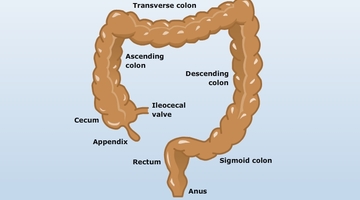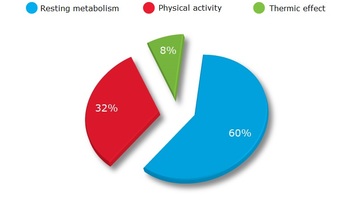Dr Juliet Ansell is a Science Group Leader at Plant & Food Research, Palmerston North. Juliet gives a brief outline of the functions of the large intestine and then describes the key role gut bacteria play in fermenting fibre into useful products. Mention is also made of the huge number of nerve cells present in the gut and role they play.
Transcript
Dr Juliet Ansell
The functions of the large intestine are compacting what’s left of the food, taking water out, and fermentation. When you get to the large intestine, you’ve basically got anything that’s undigested. It’s generally a lot of fibre, fibre is carbohydrates.
One of the major features of the large intestine is the number of bacteria that you find there. We have more bacteria in our large intestine than we do cells in our body. It’s an absolutely huge number of bacteria, it’s actually considered to be an organ in its own right because it’s performing metabolic processes.
Gut bacteria are there to ferment undigested material that we can’t digest any further ourselves. This process produces something called short-chain fatty acids like butyrate, acetic acetate, propionate. These short-chain fatty acids provide energy to the gut cells. We’re also finding out a lot more about other health properties that they have. There’s also putrefaction of proteins. If there is any protein material that’s reached that far, they would be involved in that, and that’s when we get nitrogenous end products, which aren’t necessarily that good for us.
There’s also a huge number of nerve cells in the gut. The enteric nervous system – this plays a big role in terms of the various stress-related diseases, so things like irritable bowel syndrome. This is quite a new area of research – nerve cells in the gut and what role they’re playing in our health.
Acknowledgements:
CDC/ Dr. V. R. Dowell, Jr
CDC/ Bobby Strong



